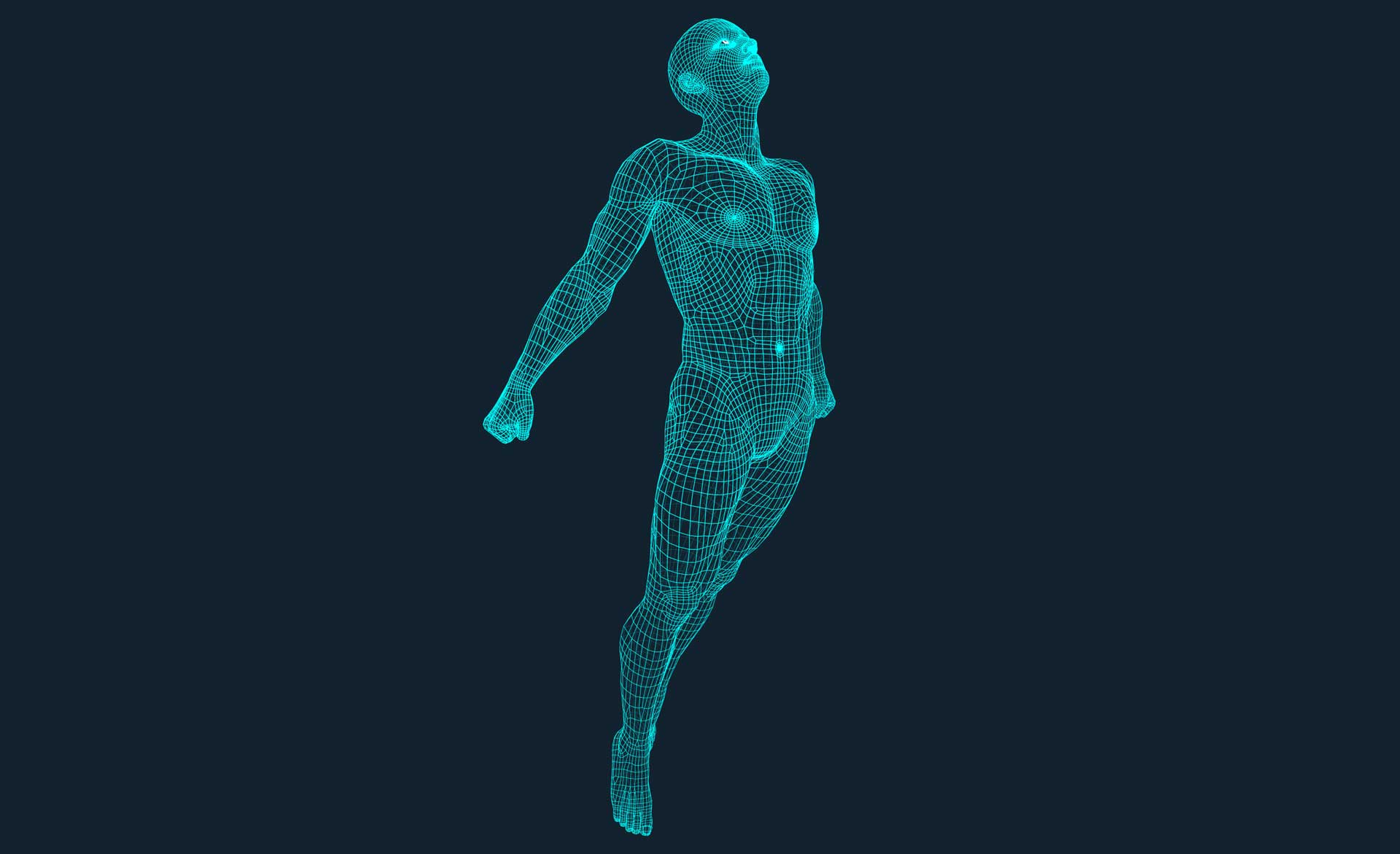An enlarged bench of the Full Court of the Federal Court has overturned a first instance decision, reported here, by confirming that artificial intelligence (AI) cannot be named as an inventor on an Australian patent.
Background
The Full Court’s decision focuses on the inventorship of Australian patent application no. 2019363177, directed to container products and methods for attracting enhanced attention, using convex and concave fractal elements. The inventor listed on the application was “DABUS”[1] an artificial intelligence system having artificial neural networks.
Issues and findings
In coming to their decision, the Full Court noted that the term “inventor” is not explicitly defined in the Patents Act 1990. As such, the Court focused their considerations largely on Section 15 of the Patents Act 1990, which relates to who may be granted a patent and includes the inventor.
Specifically, the Court found, by reference to relevant precedent law, that ss15(1)(a) provides that a patent for an invention may only be granted to “a person who is an inventor” and that this interpretation of inventor should be applied consistently across ss 15(1)(b), (c) and (d). This approach is one point at which the Court departed from the approach taken by the primary Judge, who construed each of ss 15(1)(a), (b), (c) and (d) as alternatives, the latter allowing the transfer of entitlement from an inventor who is not a person. The Court said that such an interpretation “fails to give s 15(1) a natural reading. It also overlooks the history of the development of the law of patents to which one is directed by the term “invention” in the chapeau to s 15(1), defined in the Patents Act by reference to the Statute of Monopolies” [112].
The Court also stated that “no other provision in the Patents Act is inconsistent with the construction that we have preferred: [114].
The Full Court further referred to the High Court decision in D’Arcy v Myriad Genetics Inc [2015] HCA 35, (D’Arcy) which considered patent eligibility of isolated human genes. In that decision, rightly or wrongly, the High Court found that claims directed to the isolated genes constituted information that is not made by “human action”. The Full Court stated that references by the High Court in D’Arcy to “human action” were “deliberate” and picked up a requirement detailed in National Resource Development Corporation v Commissioner of Patents [1959] HCA 67 (NRDC). The Court concluded that “The assumption in both cases was that human agency was required in the development of the invention in suit. That approach accords with the legislative history to which we have referred, namely that the origin of entitlement to the grant of a patent lies in human endeavour, which is rewarded by the grant of a limited term monopoly.” [116].
Matters of innovation policy
The Court’s decision that AI cannot be named as an inventor on an Australian patent did not explicitly consider matters of innovation policy. However, policy matters were the subject of submissions during the hearing and the Court made observations on these in the concluding paragraphs of their decisions. The Court recognised that the AI inventorship issue was intended to “provoke debate” and that one consideration arising from this debate is whether “as a matter of policy, a person who is an inventor should be redefined to include an artificial intelligence”. If this was the case, the Court identified a number of important issues and questions, including: patent ownership; the recalibration of inventive step, which is currently determined by reference to a person of skill in the art; and the role of revocation for false suggestion or misrepresentation when “the inventor is a machine” [119].
The Court said that such questions and many more require consideration and should be attended to with some urgency. However, the Court tempered this view by stating that “the Court must be cautious about approaching the task of statutory construction by reference to what it might regard as desirable policy, imputing that policy to the legislation, and then characterising that as the purpose of the legislation”. This was an approach, the Court said, was favoured by the primary judge [120].
The Court also disagreed with the primary Judge that if DABUS could not be listed as an inventor, “no invention devised by an artificial intelligence system is capable of being granted a patent”. In this regard, the Court queried the possible inventive contribution of Dr Thaler (“the owner of the copyright in the DABUS source code, the owner of the computer on which DABUS operates, and is responsible for the maintenance and running costs of DABUS and the computer on which it operates”) but stated this has not been explored and remains undecided. [121]. However the Court, in its comments on the possible status of inventorship by Dr. Thaler, suggested it believes that AI-related inventions could result in granted patents having human inventors.
Going forward
It is uncertain, at this stage, whether Dr Thaler will seek special leave to appeal the decision to the High Court. Pearce IP will keep you promptly informed of developments in these proceedings and matters of policy.

